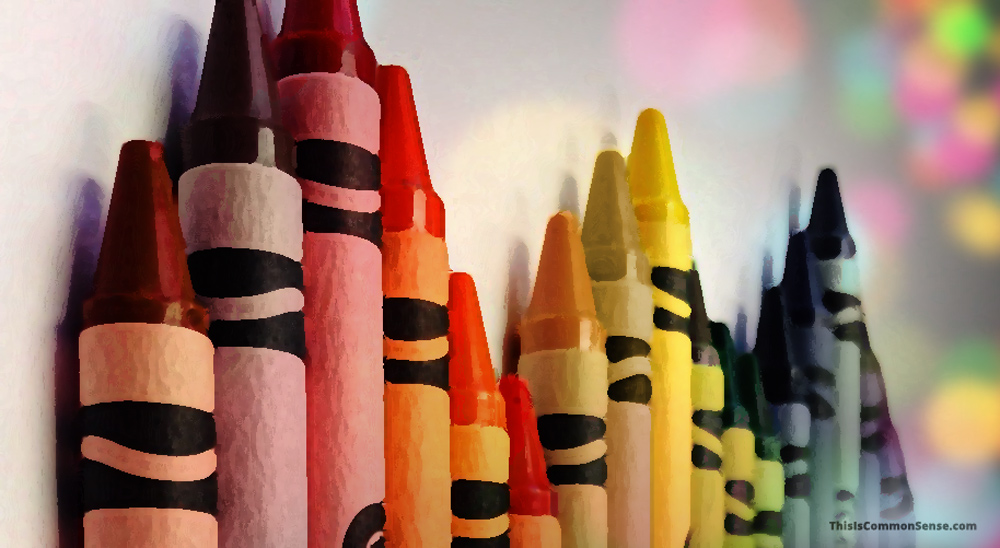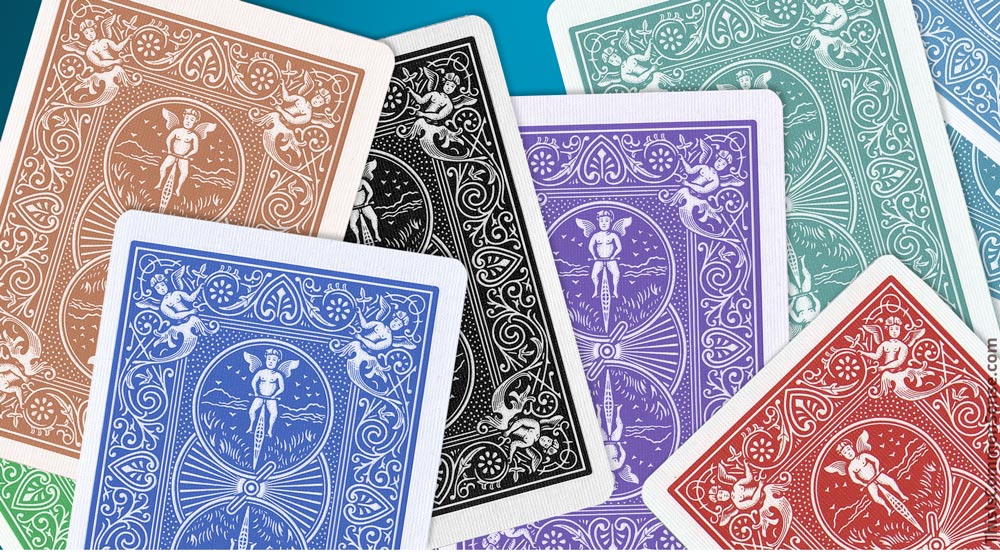“My friends were asking for the ‘skin-color’ crayon,” explains 9‑year-old Bellen Woodard.
She realized the request was for the peach-colored crayon but, being the only black kid in her third grade Loudoun County, Virginia, classroom, she also knew her skin wasn’t peach-colored. As her mother told Washington Post columnist Theresa Vargas, it made her daughter feel “uncomfortable.”
Bellen used the term “dis-included.”
She and her mom discussed what to do and her mom proposed, “Just hand them the brown one instead.” But Bellen had an even better idea: “I think I just want to ask them what color they want because it could be any number of beautiful colors.”
Indeed.
“So that’s what she did,” wrote Vargas. “She started saying those words. She then heard her teacher say them, too. And soon, her entire class was talking about skin color in a way that went beyond peach.”
The third-grader also designed a kit called “More Than Peach” featuring not just peach-colored crayons but also colors such as “apricot,” “burnt sienna” and “mahogany.” In no time, her kits have been requested across the nation and now the Virginia Museum of History & Culture is adding one to their collection.
People come in so many wonderful hues and colors. It is something to celebrate — just as young Bellen Woodard has done.
Which reminds me of my distaste for the term “persons of color.”
This term of art has become ubiquitous. Unlike Bellen’s efforts offering inclusion and understanding, “persons of color” serves to separate us. Because I’m labeled “white” … I’m “dis-included.”
But I’m not white (a color) or translucent; I’m peachy — perhaps tan sometimes or bright red when sunburned.
We are all persons of color. Beautiful colors.
This is Common Sense. I’m Paul Jacob.

—
See all recent commentary
(simplified and organized)


